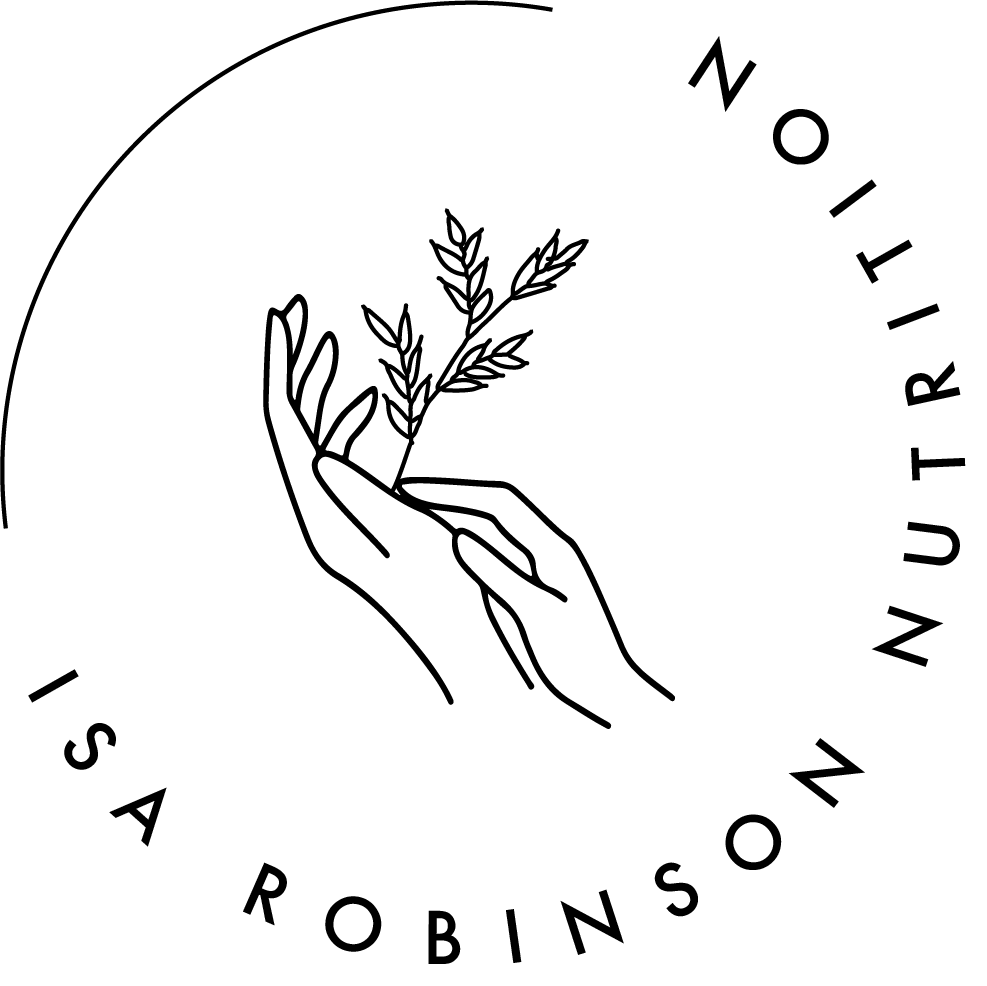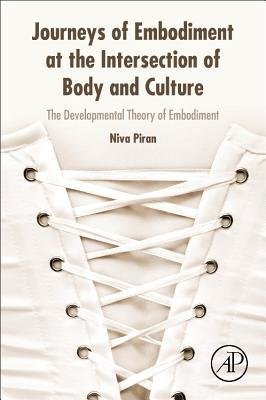Corseting and Body Image: Niva Piran's Perspective
In today's society, the pressure to conform to an idealised body image is pervasive. People, particularly women, often feel the need to mould their bodies into unrealistic standards with the promise that this will bring better “health”, happiness and success. The reality is not always the case, as many of my clients tell me.
Niva Piran, a prominent researcher and psychologist, introduces an intriguing concept called "corseting" that sheds light on the detrimental effects of pursuing an unattainable body image. This blog post will explore Niva Piran's concept of corseting in relation to body image and the negative impact it has on individuals.
Understanding Corseting:
At first glance, the term "corseting" might bring to mind the restrictive undergarments worn in the past to achieve an hourglass figure. Piran uses the term metaphorically to represent the similarly painful and uncomfortable physical and internal psychological processes individuals may engage in to mould themselves into societal expectations of beauty. Corseting involves the persistent pursuit of an idealised body shape or size through rigid self-control, self-monitoring, and self-policing. For example, calorie counting, self-weighing, exercising for the purpose of body control, body checking and even high volumes of thoughts pertaining to food, weight and physical appearance can all be forms of corseting under Piran’s theory.
It’s important to hold that engaging in these corseting practices doesn’t make someone a “bad” person, many socio-cultural forces tell us that obtaining these beauty ideals is connected to who we are as a person, including health, morality and success.
The Influence of Socio-cultural forces:
Equally, we don’t just decide to count steps and restrict our diets in a vacuum. Whilst underlying factors underpinning such behaviours are undeniably complex, the media and societal norms play a significant role in shaping individuals' body image ideals. Messages conveyed through advertisements, magazines, and social media platforms bombard us with images of unattainable beauty standards, often featuring airbrushed and digitally manipulated models. These images create an unattainable ideal, leading individuals to compare themselves to these unrealistic standards and fuelling the desire to engage in corseting behaviours.
The Impact on Body Image:
Piran argues that corseting contributes to body dissatisfaction, low self-esteem, and poor mental health. Constantly striving to meet societal ideals takes a toll on individuals, leading to negative self-perception and a preoccupation with appearance. The relentless pursuit of an idealised body can create a vicious cycle, as individuals engage in extreme dieting, excessive exercise, and other harmful practices, further damaging their relationship with their food and bodies. At the most extreme this can result in a clinical eating disorder.
The Dangers of Corseting:
Corseting not only affects one's mental wellbeing but also has physical and social consequences. Extreme dieting, disordered eating patterns, and excessive exercise can lead to nutritional deficiencies, hormonal imbalances including missed periods, and an increased risk of developing eating disorders! Moreover, the psychological distress caused by corseting behaviours can result in anxiety, depression, and other mental health disorders. Social consequences include avoiding occasions with friends due to needing to exercise or anxieties around food.
Breaking Free from Corseting:
To overcome the negative effects of corseting, Piran emphasises the importance of promoting body acceptance and self-compassion. Rather than striving for an unattainable ideal, individuals can focus on nurturing a positive body image based on self-acceptance and self-care. This doesn’t mean that we have to love our bodies 100% of the time, it’s about coming to understand that our body is our body and taking care of it regardless of whether we’re having a good or bad body image day. It entails challenging societal norms, embracing body diversity, and recognising that true beauty transcends external appearance. Because let’s face it, you don’t love the people close to you because they have blonde hair or a thigh gap!
Embracing Body Diversity:
Piran's concept of corseting highlights the need for a shift in societal attitudes towards body diversity, including not just size diversity but also age, gender, ethnicity, race, sexuality, ability etc. It is crucial to recognise and celebrate the uniqueness of each individual's body, free from judgment or comparison. Embracing diverse body types encourages inclusivity and promotes a healthier and more positive body image culture.
Promoting Healthy Body Image:
To foster a healthier body image, individuals can engage in practices that prioritise self-care and wellbeing. This may include considering our own self-talk, mindfulness based practices, setting boundaries, basic self-care like hygiene, ensuing enough sleep and attending routine medical appointments. Including movement that brings joy rather than focusing solely on appearance and eating a balanced and nourishing diet that honours body cues, includes pleasure and rejects strict dieting rules is also essential. Furthermore, surrounding oneself with positive influences and seeking support from friends, family, or professionals can significantly impact one's body image journey.
To conclude:
Niva Piran's concept of corseting sheds light on the detrimental effects of beauty ideals and costs of pursuing these. The pressure to conform to societal standards has led many individuals to engage in restrictive and unhealthy behaviours. Noteworthy, many of these behaviours are legitimised and encouraged under the guise of health – I will leave the likes of fasting, calorie counting and sugar is the devil for another day! By understanding the dangers of corseting and considering alternative components of body image including body acceptance, self-compassion, attunement, body functionality and embodied self-care to name but a few, we can work towards creating a society that embraces diverse body types and nurtures authentic wellbeing free from the constraints of corseting.


